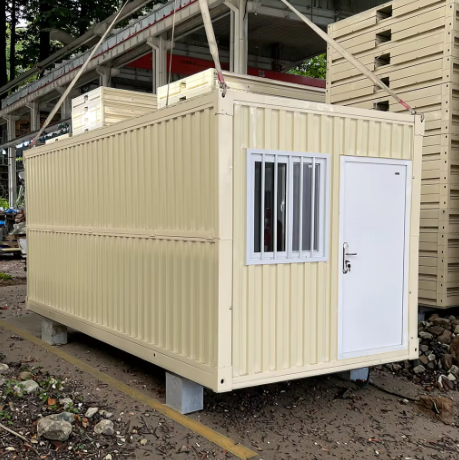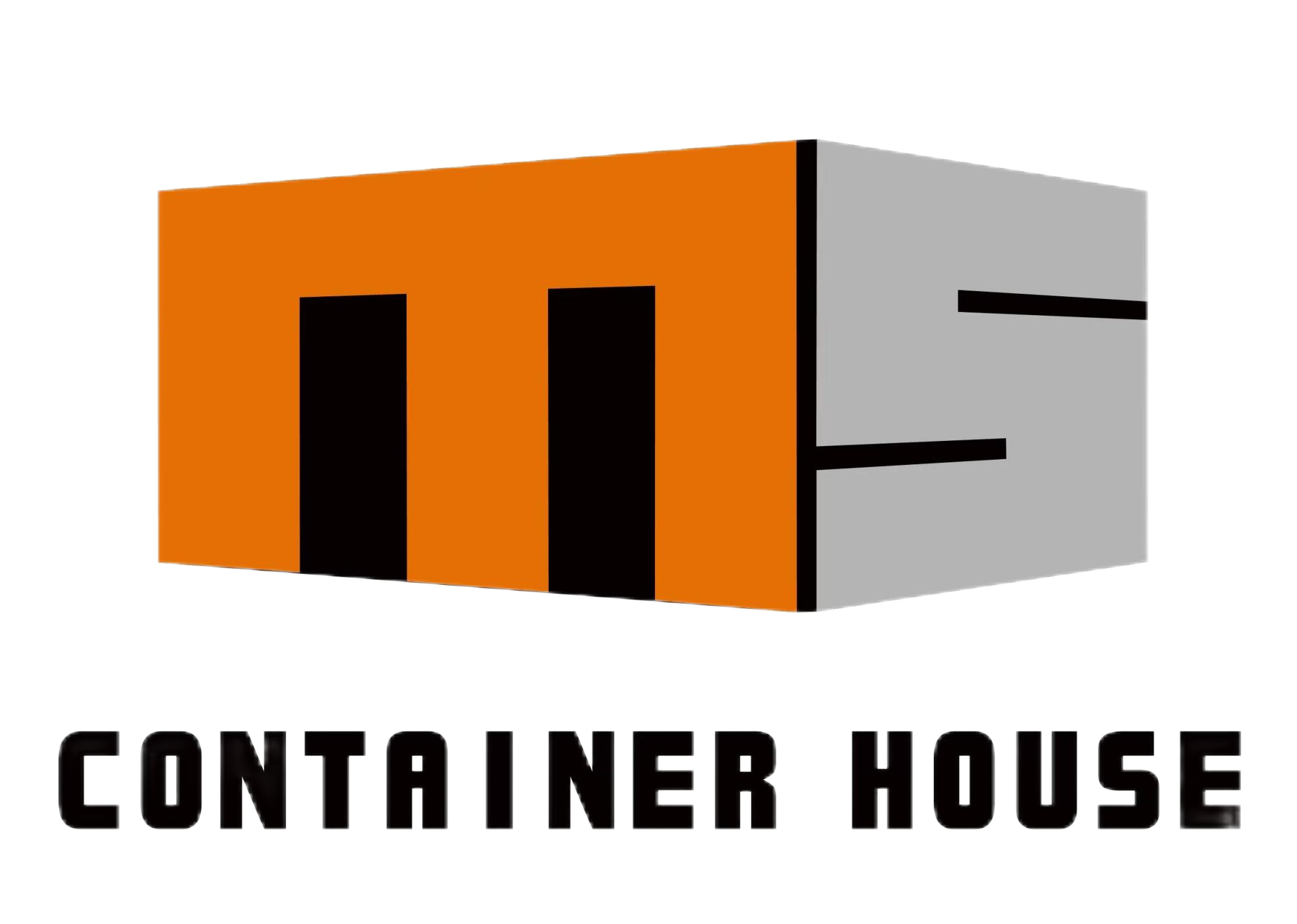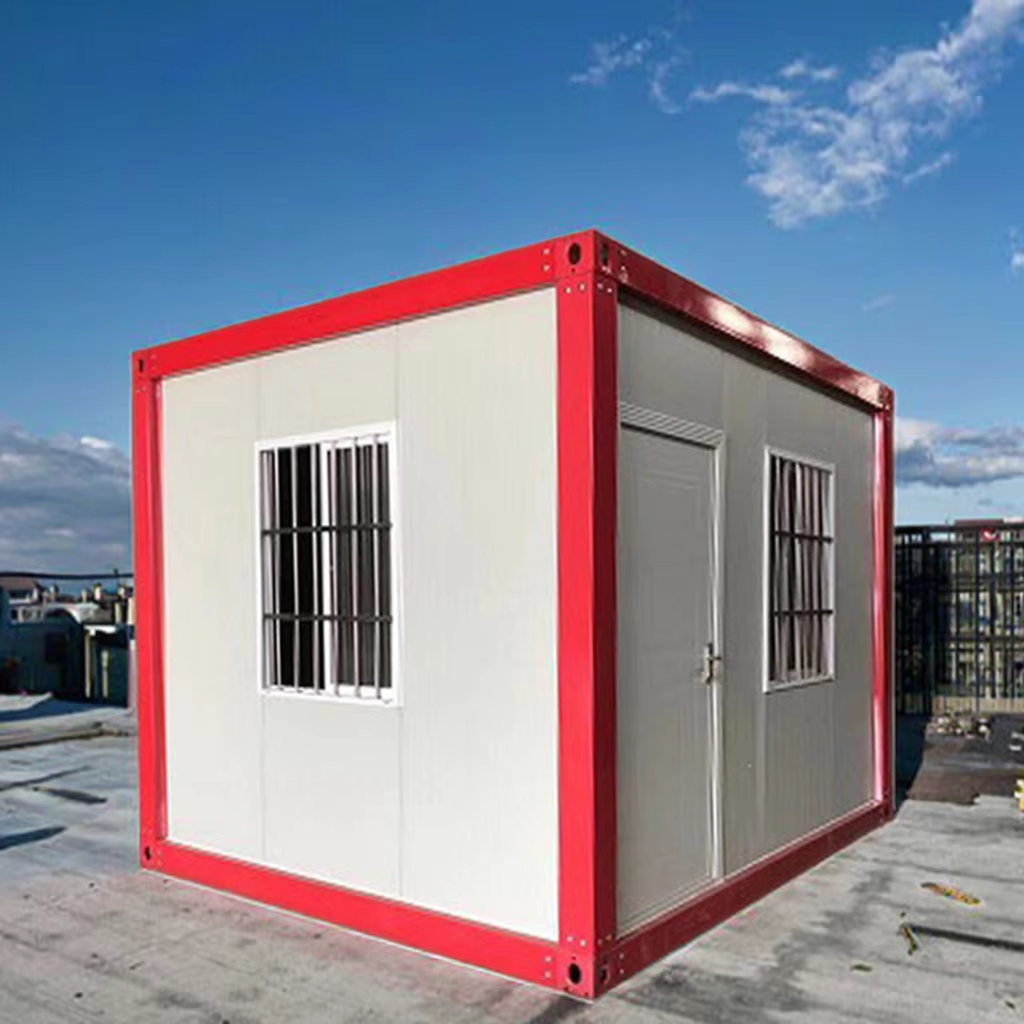The Evolution of Modern Housing Solutions
The housing market has witnessed a remarkable transformation in recent years, with prefab houses emerging as a compelling alternative to traditional construction methods. These innovative dwelling solutions combine advanced manufacturing techniques with architectural excellence, offering homeowners a blend of efficiency, sustainability, and cost-effectiveness.
As housing costs continue to rise and environmental concerns take center stage, prefab houses have evolved from simple modular structures to sophisticated, customizable homes that rival their site-built counterparts. Understanding the cost implications of choosing between prefabricated and traditional construction has become crucial for prospective homeowners.
Initial Construction Costs and Timeline Advantages
Manufacturing and Assembly Expenses
The controlled environment of factory construction gives prefab houses a significant cost advantage. Manufacturing processes are streamlined, materials are bought in bulk, and waste is minimized. Typically, prefab construction costs 10-25% less than traditional building methods, with prices ranging from $150 to $400 per square foot, compared to $200 to $500 for conventional homes.
Labor costs are also substantially reduced since prefab houses require fewer workers and shorter construction periods. The assembly-line approach ensures consistent quality while eliminating weather-related delays and reducing the risk of material theft or damage.
Time-to-Completion Benefits
One of the most compelling advantages of prefab houses is the dramatically reduced construction timeline. While traditional homes typically take 6-12 months to complete, prefabricated structures can be ready for occupancy in 3-4 months. This faster timeline translates to significant cost savings through reduced labor hours and lower construction loan interest payments.
The expedited process also means homeowners can move in sooner, potentially saving thousands in temporary housing costs or rental payments during the construction phase.

Long-term Financial Implications
Energy Efficiency and Utility Costs
Prefab houses often incorporate advanced energy-efficient features as standard elements. Factory-precise construction creates tighter seals and better insulation, resulting in lower heating and cooling costs. Many manufacturers utilize eco-friendly materials and energy-saving technologies, which can reduce monthly utility bills by 20-30% compared to traditional homes.
The integration of smart home technology and sustainable systems in prefab houses can lead to substantial long-term savings. Solar panels, energy-efficient appliances, and advanced HVAC systems are often easier to incorporate during the factory building process.
Maintenance and Durability Considerations
Quality control in factory settings ensures that prefab houses meet strict construction standards, potentially reducing maintenance costs over time. The use of precise cutting tools and assembly techniques results in better-fitting components and fewer structural issues. Additionally, many prefab manufacturers offer warranties that exceed those available for traditional construction.
Weather resistance is another advantage, as components are protected from moisture and environmental damage during construction. This can lead to better long-term durability and fewer repair needs compared to site-built homes.
Hidden Costs and Additional Considerations
Site Preparation and Transportation
While prefab houses may cost less to construct, site preparation expenses must be carefully considered. Foundation work, utility connections, and land development costs remain similar to traditional construction. Transportation costs for prefabricated components can also add significantly to the total budget, especially for remote locations.
Local building codes and permits may require specific modifications or additional engineering, which can impact the final cost. It's essential to research these requirements early in the planning process to avoid unexpected expenses.
Customization and Design Flexibility
Modern prefab houses offer impressive customization options, though some limitations exist compared to traditional construction. While basic modifications are usually included in the base price, extensive customization can increase costs significantly. However, manufacturers often provide design packages that balance personalization with cost-effectiveness.
The key is to carefully evaluate desired customizations against budget constraints, as changes made during construction can be more costly than those planned in advance.
Financing and Property Value Considerations
Mortgage and Insurance Options
Financing prefab houses has become increasingly straightforward as more lenders recognize their value. Many financial institutions now offer specific loans for prefabricated construction, though interest rates and terms may differ from traditional mortgages. Insurance costs are generally comparable, with some companies offering lower premiums due to the superior construction quality and safety features.
Resale Value and Market Appreciation
The market perception of prefab houses has improved dramatically, with many models appreciating similarly to traditional homes. Quality construction, energy efficiency, and modern designs have helped eliminate old stigmas. Some regions even see premium resale values for well-designed prefab houses, particularly in areas with high construction costs.
Frequently Asked Questions
How much can I save by choosing a prefab house over traditional construction?
On average, homeowners can save 10-25% on total construction costs with prefab houses. However, savings vary based on location, design choices, and site conditions. The most significant cost benefits come from reduced labor expenses and shorter construction timelines.
Are prefab houses as durable as traditional homes?
Modern prefab houses are built to meet or exceed local building codes and often demonstrate superior durability due to factory-controlled construction processes. Many manufacturers use high-quality materials and precise assembly techniques that result in structures capable of withstanding severe weather conditions.
What financing options are available for prefab houses?
Most major lenders now offer conventional mortgages, construction loans, and specialized financing packages for prefab houses. FHA and VA loans may also be available for qualified buyers. Working with a lender experienced in prefab construction can help secure the most favorable terms.

